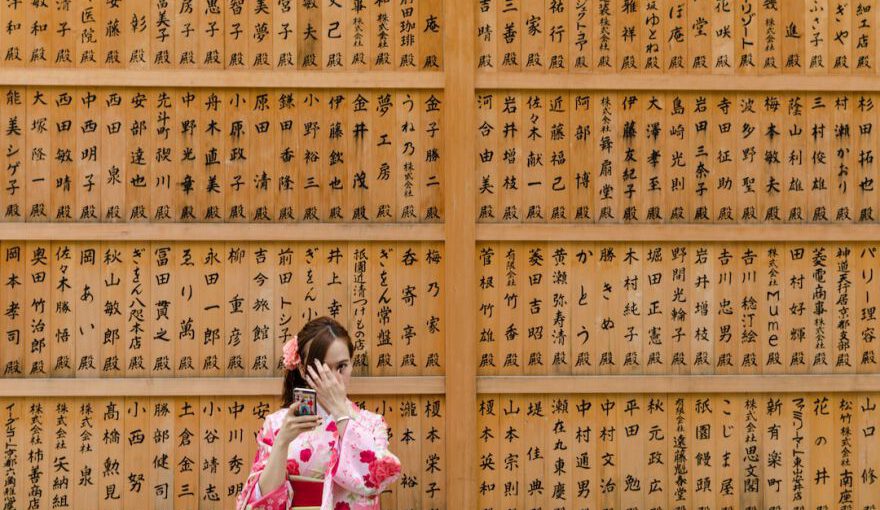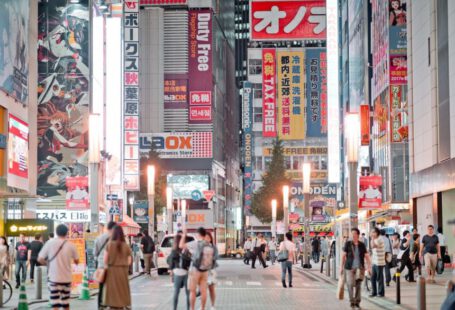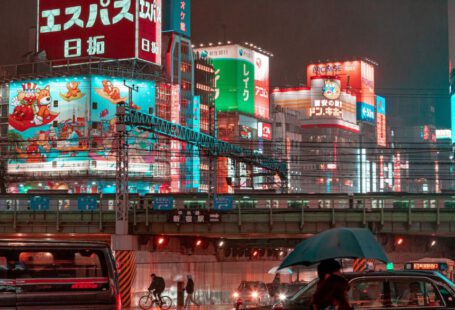The New Year, or Oshogatsu, is one of the most important holidays in Japan. It is a time for reflection, gratitude, and celebration. Japanese people have a rich cultural heritage, and during this time of year, they engage in various traditions that have been passed down for generations. Let’s take a closer look at some of the key Japanese traditions observed during New Year.
Hatsumode: The First Shrine Visit of the Year
One of the most significant traditions during New Year in Japan is Hatsumode, which is the first shrine visit of the year. Many people visit a local shrine or temple during the first few days of January to pray for good luck and blessings for the upcoming year. It is believed that the deities are particularly attentive during this time, making Hatsumode an important spiritual experience for many Japanese.
Osechi Ryori: Traditional New Year’s Food
Osechi Ryori is a special meal consisting of various traditional Japanese dishes that are prepared and eaten during the New Year. Each dish has symbolic meaning and is carefully crafted to bring good luck and prosperity for the year ahead. Some popular Osechi Ryori dishes include kuromame (sweet black beans), datemaki (rolled sweet omelet), and kobumaki (simmered kelp rolls). The presentation of Osechi Ryori is also important, as it is typically served in lacquer boxes called jubako.
Kadomatsu: Welcoming the New Year Spirits
Kadomatsu is another important New Year tradition in Japan. It involves the decoration of entrances with bamboo and pine branches to welcome the spirits of the New Year. Kadomatsu is typically placed on either side of the entrance and is believed to bring good luck and prosperity to the household. The arrangement of the bamboo and pine branches is carefully done to create a harmonious and balanced display.
Mochi Pounding: Making Traditional Rice Cakes
Mochi, or sticky rice cakes, are a staple of Japanese New Year celebrations. Making mochi is a traditional activity that involves pounding steamed rice with a wooden mallet in a large mortar called an usu. This process requires coordination and teamwork, as one person pounds the rice while another person turns and wets it. The resulting sticky rice is then shaped into small round cakes. Mochi is often enjoyed with various fillings or toppings and is considered a symbol of good luck and longevity.
Joya no Kane: Ringing the Temple Bell
Joya no Kane, or the ringing of the temple bell, is a ritual observed on New Year’s Eve in Japan. It is believed that by ringing the bell 108 times, people can rid themselves of the 108 worldly desires and start the New Year with a clean slate. Many temples hold special ceremonies where visitors can participate in the bell ringing. The sound of the bell resonates throughout the community, creating a sense of unity and renewal.
In Conclusion
New Year traditions hold a special place in Japanese culture, as they provide an opportunity to connect with tradition, spirituality, and community. From Hatsumode to Osechi Ryori, Kadomatsu to Mochi Pounding, and Joya no Kane, each tradition has its own significance and purpose. These customs not only bring people together but also serve as a way to express gratitude for the past year and welcome the future with hope and optimism. So, if you ever find yourself in Japan during the New Year, make sure to immerse yourself in these wonderful traditions and experience the magic of this special holiday.





